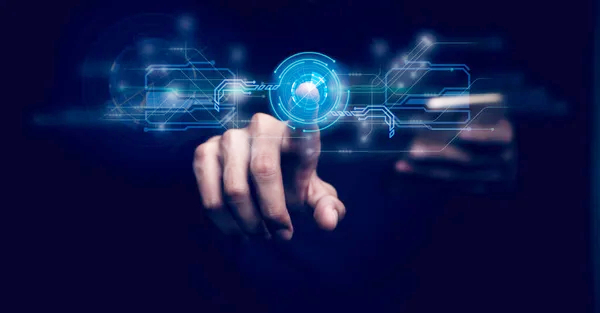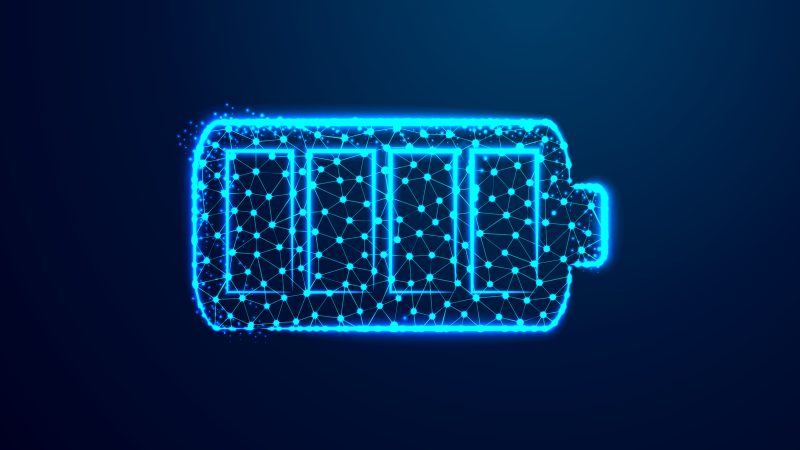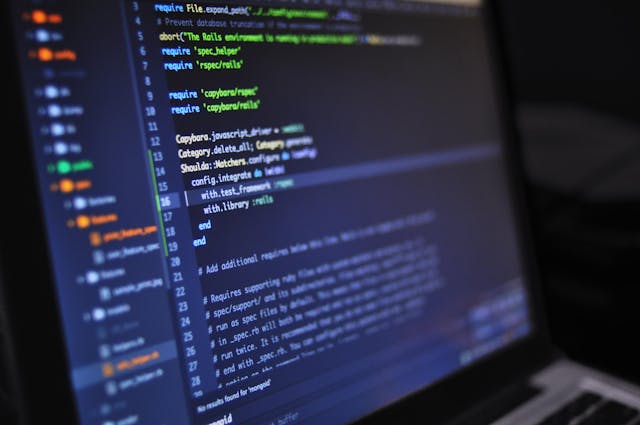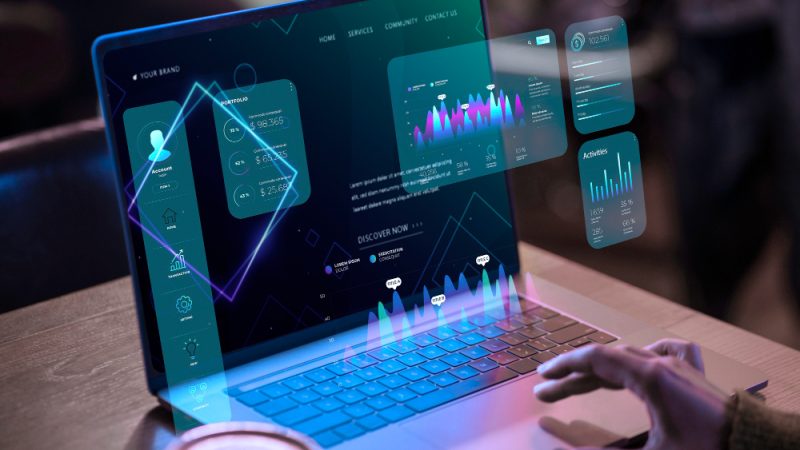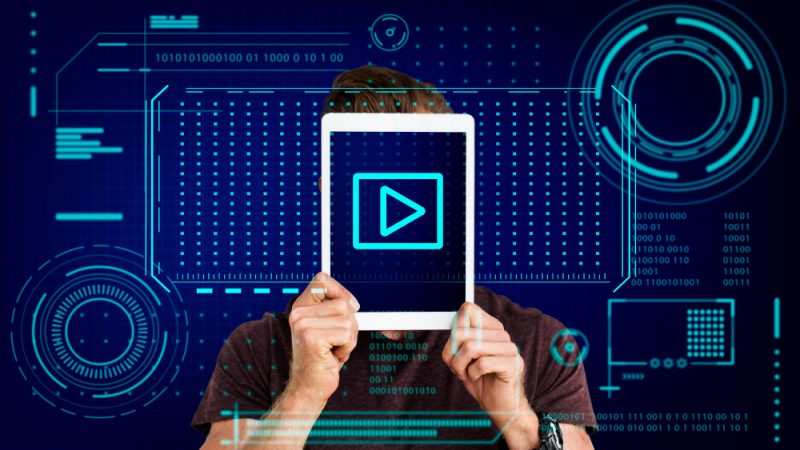Technology Trends on the Horizon in 2023

Technology has always been a major part of our lives. It has shaped how we communicate, work, and even entertain ourselves. Over the past few years, we’ve seen some significant technological advances, such as blockchain technology, augmented reality, and the Internet of Things.
These cutting-edge technologies are poised to change the world as we know it and will have a major impact on our lives in the years to come. Let’s take a closer look at each one of these game-changing technologies.
Blockchain Technology
Blockchain technology is revolutionizing the way we store and secure data. This cutting-edge system of distributed ledger technology allows for more transparent and secure tracking of data and information, which has the potential to completely change the direction of economies, businesses, and other organizations around the world.
Blockchain technology is quickly becoming a priority in financial firms, granting them access to real-time data that can be used to develop strategies and policies quickly. The security it provides for sensitive customer information makes it an attractive option for many businesses seeking safe alternatives to their current databases.
Moreover, blockchain technology could one day even provide a remedy for identity management issues that affect countless people worldwide. As we continue to see incredible advancements in this cutting-edge technology, it is easy to imagine a world where transactions are simplified and security verified through blockchain’s innovative system.
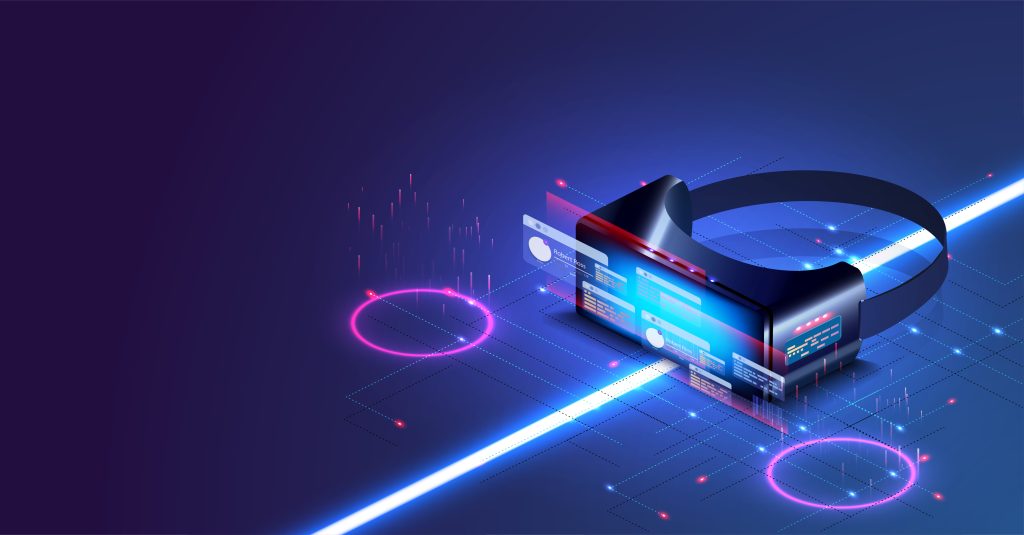
Blockchain Use Cases
Some of the most promising use cases for blockchain technology include the following:
- Cryptocurrency: The first and most obvious use case for blockchain technology is cryptocurrency. Bitcoin, Ethereum, and Litecoin are all based on blockchain technology. Digital money, known as cryptocurrencies, uses cryptography to secure transactions and control the generation of new units.
- Banking and financial services: Blockchain technology can be used to streamline the banking and financial services industry by eliminating the need for third-party intermediaries. It would result in faster, more efficient transactions at a fraction of the current cost.
- Supply chain management: This technology can also be used to manage supply chains by tracking the flow of commodities from one location to another. It can help to ensure that products are not counterfeit and that suppliers are reliable. It would also improve the efficiency of inventory tracking and management.
Augmented Reality
Augmented Reality (AR) is an incredible technology redefining our lives and how we interact with the world around us. Using and mixing different technologies, AR brings digital experiences into the physical realm in a previously impossible way. It features visual components such as 3D objects, images, videos, and others, as well as sound elements like effects, music, or natural sounds. There are a number of ways it can be used that will significantly impact all types of businesses.
These experiences are often multidimensional enough to make a big impact on our daily lives and could have startlingly wide-reaching implications for many industries. From entertainment to manufacturing, AR has the potential to revolutionize how things get done and open up limitless possibilities for creativity.
Its growth is only beginning, and it has become increasingly apparent that its uses just keep on developing. In 2023, AR is expected to be even more pervasive and will bring new opportunities for businesses, consumers, and developers alike.
Augmented Reality Use Cases
Some of the potential applications and use cases for AR include:
- Tourism: Augmented Reality (AR) can help transform the traditional tourism experience into far more immersive and interactive. It enables visitors to explore new places more engagingly than ever before, with virtual guides providing detailed information about local attractions and historical sites.
- Gaming: AR has already been embraced by the gaming industry with games like Pokémon Go, but its usage is expected to expand even further in the coming years. AR gaming will provide realistic, multidimensional experiences that offer gamers a new level of immersion.
- Education: AR has the potential to revolutionize education by making learning more interactive and engaging. It can be used to bring lessons to life in a way that traditional teaching methods cannot match. This could include virtual field trips and interactive textbooks.
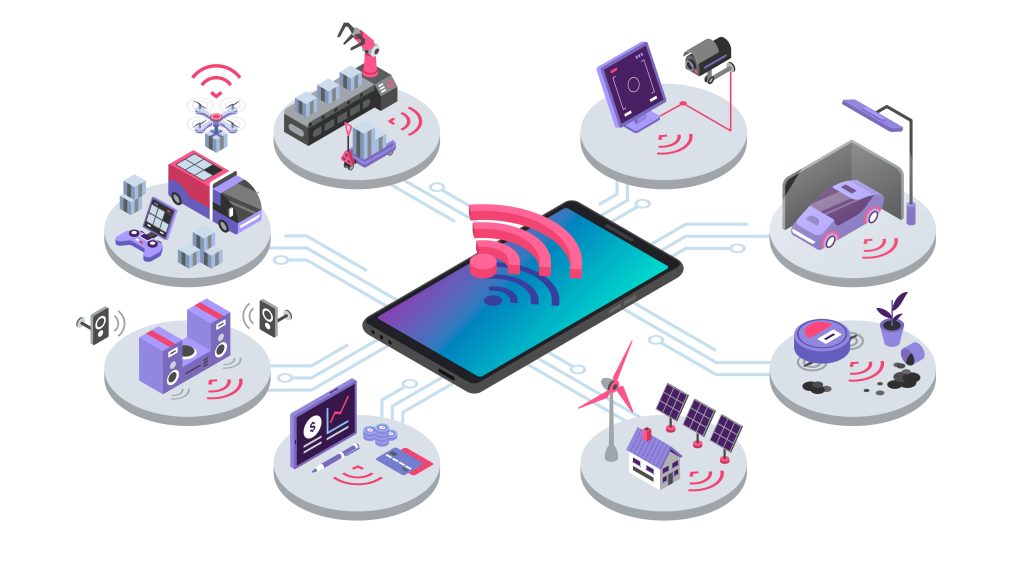
The Internet of Things
The Internet of Things (IoT) is a term used to describe the network of physical devices and objects that are connected to the internet. These “things” can include anything from smartphones, lights, appliances, vehicles, sensors, and more. It makes it possible for devices to communicate with each other without any human intervention.
These devices all collect data that can be analyzed and utilized in various ways to improve efficiency and performance. With the increasing adoption of IoT, our lives are becoming more and more connected. In 2023, we can expect even more connected devices, which will open up new possibilities for both businesses and consumers.
The Internet of Things (IoT) Use Cases
Some of the potential use cases for Internet of Things (IoT) include:
- Smart homes: IoT can make our homes smarter, automating many tasks that once required manual effort. It enables homeowners to control almost every aspect of their living environment, from security systems to lights, heating, and ventilation. It can also help to improve energy efficiency by monitoring usage and adjusting settings accordingly. It can even allow users to personalize their home settings by setting personal schedules, preferences, or environmental conditions like temperature levels.
- Smart cities: Just as IoT can make homes smarter, it can also be used to create smarter cities. It enables us to solve some of society’s biggest challenges and help local authorities reduce energy costs while making improvements in safety and mobility. In addition to optimizing energy usage, smart cities can also use up-to-date analytics to improve public spaces and services. We’re already beginning to see the implementation of items like connected streetlights in some urban areas – but there is much more innovation potential when integrating IoT into urban areas for practical, everyday uses.
- Automation: This is the most innovative application of IoT technology, as it replaces many formerly manual tasks with automated processes that can dramatically reduce workloads. Automation can be used for everything from scheduling shipments to controlling manufacturing processes.
Conclusion
These three technologies are just the tip of the iceberg when it comes to innovations that will shape our lives in 2023. The advances in each of these technologies will create a new wave of opportunities and challenges for which we must be prepared. It is essential to stay informed about the latest technological trends and developments, as this will help us better understand how modern technology can shape our lives in the years to come. By staying ahead of the curve, we will be better prepared to embrace the changes and reap the benefits that come from them. It is an exciting time for technology, and 2023 promises to bring a lot of new possibilities and opportunities.

